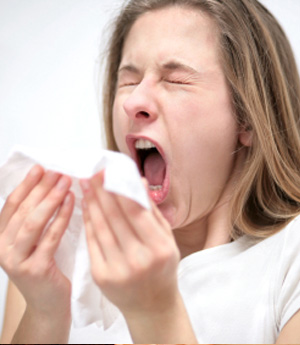 |
| Image Source: entcare.wordpress.com |
Otolaryngologists are physicians who specialize in diseases and conditions concerning the ears, nose, and throat. They are more commonly known as ENT physicians and are trained in the medical and surgical management of illnesses in the head and neck. This specialization is considered the oldest by the medical community in the United States. Many visit their ENT doctor several times a year to treat a variety of conditions, such as the ones listed below:
Ear: Hearing impairment, ear infections, tinnitus, pain, congenital ear disorders
Nose: Problems affecting smell, breathing, and physical appearance (rhinoplasty may be considered)
Throat: Conditions that affect speech, singing, eating, swallowing, and digestion
Others: Diseases, tumors, trauma, and deformities of the head, neck, and face
| Image Source: healthtap.com |
Many otolaryngologists are also trained to perform cosmetic and reconstructive surgery in these areas. ENT specialists also help manage and treat nerve problems in the head and neck that could affect sight, hearing, and facial movements.
Most of the human body’s functions depend on the ability to hear, smell, or taste. These senses are interdependent of each other, with co-morbidity between conditions being extremely high. Treatment plans typically involve addressing several symptoms at once. Patients are recommended to visit their local otolaryngologist once they begin to experience difficulty, or are suffering from any degree of pain in any of these areas. Pain is a great indicator of a problem and is often considered the first sign of an illness.
 |
| Image Source: franciscanalliance.org |
Dr. Robert R. Beltran is a reputable and experienced otolaryngologist. Find out more about this field of medicine by visiting this Google+ page.










